Leica V-Lux 40 review
The Leica V-Lux 40 is the brand's latest super-zoom compact
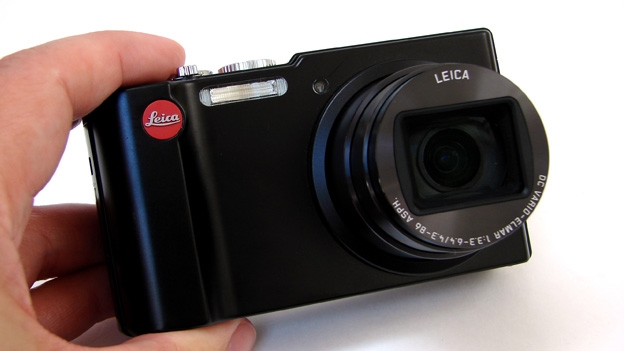
-
+
Optical zoom capacity
-
+
Rock solid build
-
+
Iconic Leica logo
-
-
Very pricey
Why you can trust T3

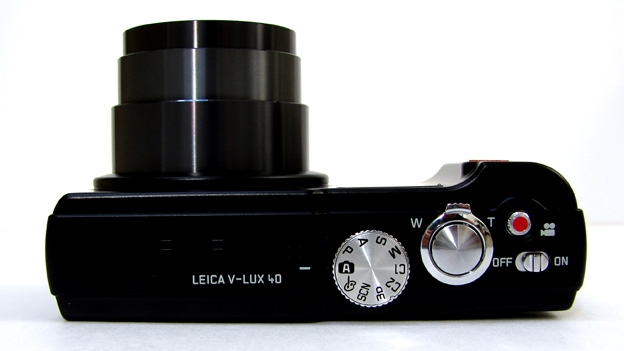
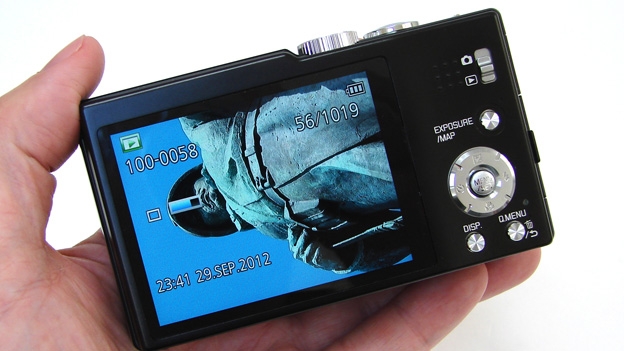
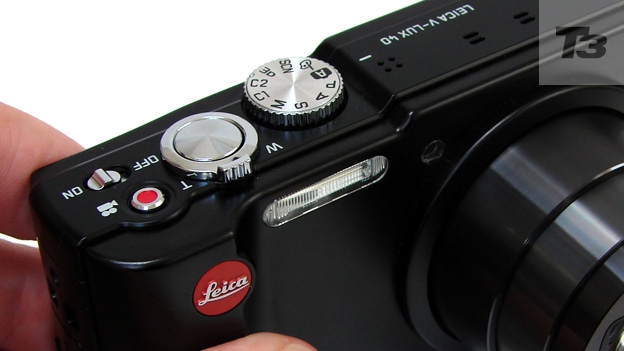
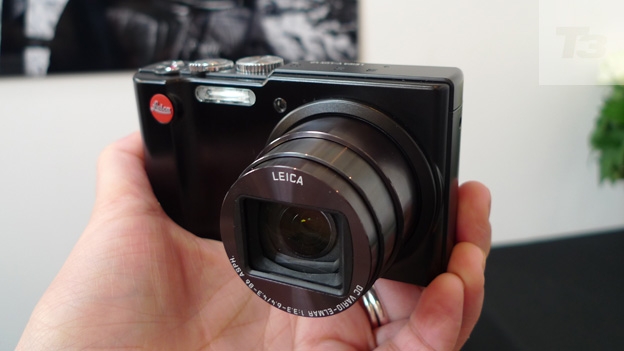
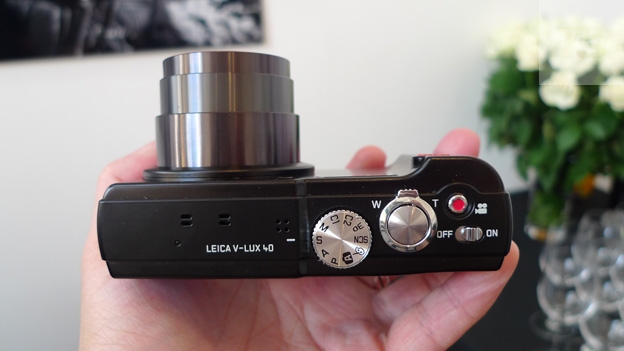
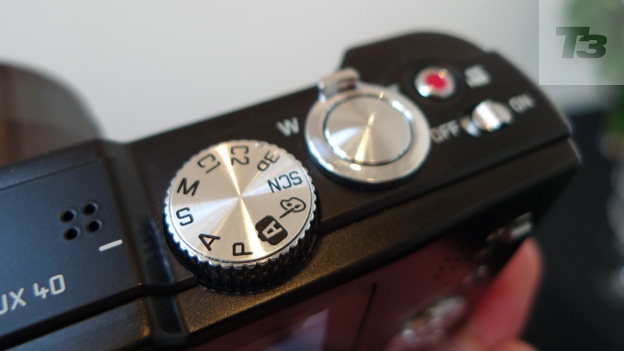
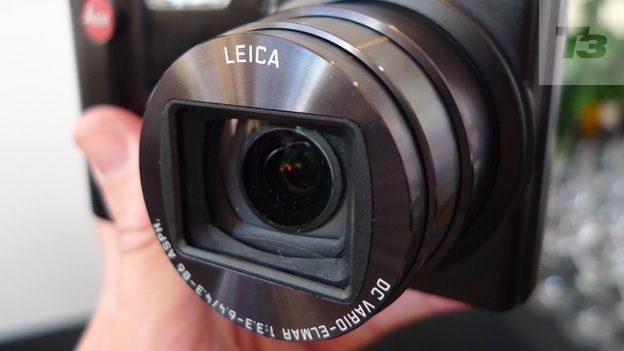
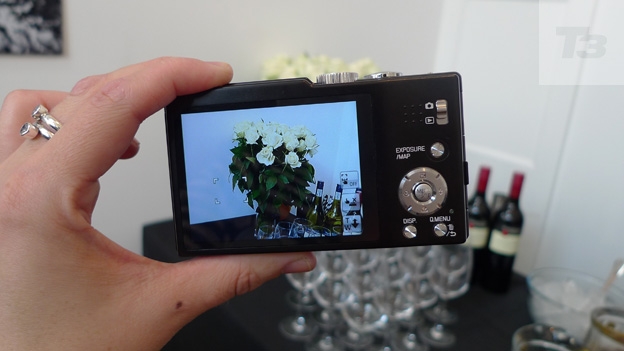
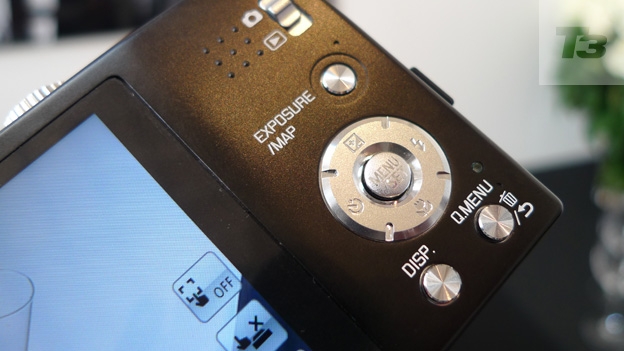
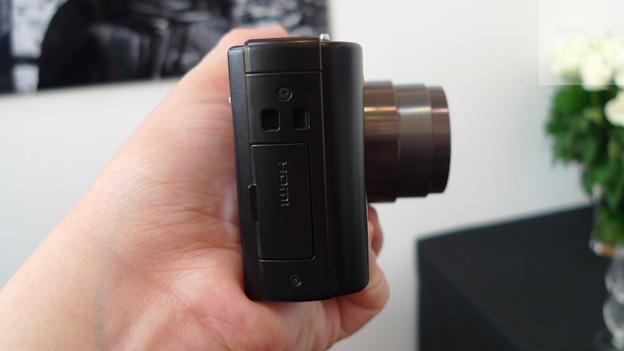
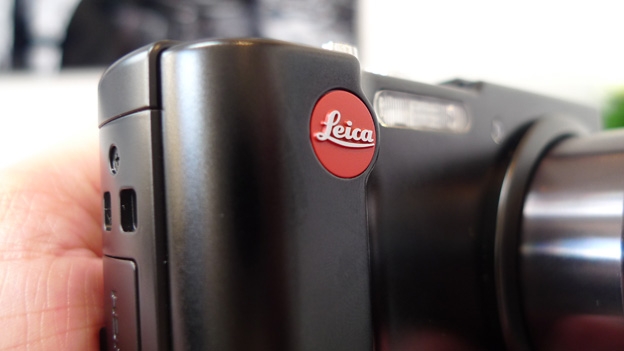
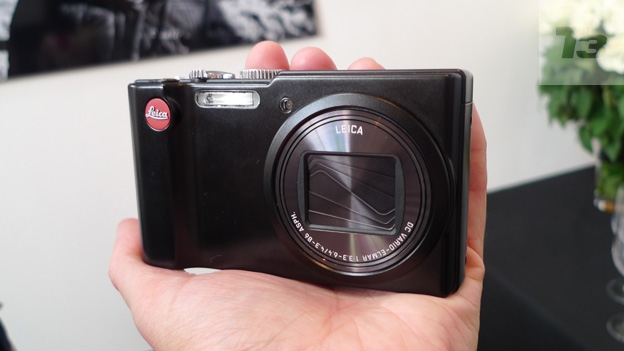
With electronics via Panasonic, does this the Leica V-Lux 40 travel zoom justify costing as much as a digital SLR? We took a closer look
For a decade Leica lenses have appeared on Panasonic cameras to (arguably) up the latter's photographic credibility, while the electronics giant's expertise has successively provided the innards for Leica's tentative steps into the digital world.
The same DNA blend is true of the new 15.3 megapixel sensor-incorporating Leica V-Lux 40, offering an output of 14.1 effective megapixels - its latest 20x optical 'travel zoom' camera. Plainly put, with an asking price of £550 it's a posher version of the existing Panasonic Lumix DMC-TZ30, while you could pick up the range-topping Panasonic LX7 for £100 less.
The stabilised optical zoom here is a comprehensively useful 20x, or 24-480mm on an old 35mm camera, so as suitable for shoehorning a mountain range into frame as it is for candid street photography, while further indicating this Leica's suitability as an ideal travel companion is the integral GPS facility.
This allows images to be tagged according to the location in which they were taken.
Distribution with Leica is deliberately limited and, the V-Lux 40's solid-feel hand-built construction and expected top-end performance apart, this lends its products greater prestige. There is little point in grumbling about a higher price tag and perceived arrogance therefore, and in that respect the V-Lux 40's manufacturer remains unapologetic.
The hard fact is that this current camera is actually one of the least expensive routes to owning that iconic red Leica logo. And, as with the previous model, it again comes with a comprehensive software package in Adobe Photoshop Elements 10 and Adobe Premiere Elements 10 – thereby differentiating it from the otherwise cheaper Panasonic.
You'll also get a two-year warranty and one-year accidental damage cover. So, while we get a few extras over and above its close Panasonic cousin, does the V-Lux 40 come near to being worth the outlay?
Leica V-Lux 40: Controls
The Leica V-Lux 40 sports a sophisticated matt black finished chassis with chrome controls which doesn't let down its heritage, even if it is rather functional looking compared with the superb yet wallet busting rangefinder models Leica's renowned for.
With more of a curved edge to the front than an actual handgrip, the V-Lux 40's top plate controls are fairly conventional: we get a dime-sized shooting mode dial with manual options, automatic selections and customisable user settings, plus Scene, Creative Control digital effects including toy camera and miniature options as seen on Panasonic Lumix cameras, plus, likewise, 3D photo mode, the results only visible on a suitably equipped TV.
Once again, zoom operation is controlled by a lever that encircles the large and springy shutter release, with a dedicated record button for video set into the top plate along side it.
Flicking between on and off and image capture and playback is done via separate switches whilst a familiar four way control pad, display and Quick Menu buttons feature on the backplate. The latter, Panasonic/Leica's useful short cut to a toolbar of commonly used settings, including ISO speed and the ability to turn the GPS function on/off.
Operation here then is straightforward in its conventionality, and in terms of being able to find what we wanted and take the picture we desired in the quickest possible fashion, is all the better for it.
Leica V-Lux 40: Screen
The 3-inch, 460,800-dot resolution standard 4:3 aspect LCD display here is of the touch screen variety, providing one tap access to a range of key shooting controls, though, as with Panasonic Lumix cameras and as we've noted above, a generous array of physical buttons are provided alongside to lend the camera a best-of-both-worlds operational approach.
This in practice saves time rather than befuddles.
In truth we could have done with a slightly larger screen than the one here to accommodate those who don't have sticks for fingers – and, unlike most models with touch panels, it's easy enough to operate the camera even when bypassing use of the screen entirely.
The likes of touch focus and touch shutter – whereby you can direct the camera's operation by simply tapping the screen, continue to work well while at the same time being largely superfluous when you've got physical controls doing exactly the same thing located at the end of your finger.
Leica V-Lux 40: Battery
This Leica is powered by a BP-DC7 rechargeable lithium ion cell that is charged within the camera itself, with USB enabled lead and USB equipped mains plug provided instead of a standalone charger.
Built-in GPS usually saps power faster than a camera without that function – though here the feature can be disabled to save juice and we could expect around 250 to 260 shots from a full charge.
Leica V-Lux 40: Image quality
As with any travel zoom camera the chief appeal here is to be able to zip between wide-angle shots and extreme telephoto settings in seconds – three to four seconds by our reckoning.
Thankfully the full extent of the optical zoom can be accessed once video recording has been commenced, although the lens transition time is slower – roughly half as quick – in order to presumably dampen the low operational buzz that soundtracks its movements and, to a small degree, is still picked up by the top plate stereo microphones.
Other than that, colours are consistent from shot to shot, the sharpness you'd expect of the brand's lenses is delivered and even in low light results right up to the top manually selectable setting of ISO3200 are low in noise and perfectly usable.
Of course, we couldn't claim that results are any better overall than a top of the range point and shoot camera – which is what this ultimately is – but even if you were to spend its £550 asking price on a DSLR instead, you still couldn't come close to achieving the focal range on offer here via that 20x optical zoom.
Leica V-Lux 40: Verdict
Though we'd find it hard to describe the 14.1 megapixel, 20x optical zoom Leica V-Lux 40 as offering fantastic value for money compared with the Panasonic TZ30 – unless you were thinking about buying the bundled Photoshop software separately anyway – what we're left with is one of the coolest travel zoom cameras out there.
And, if you care to put it in the same 'premium compact' bracket as the Sony RX100, which yes has a larger sensor and brighter lens but a paltry 3.6x zoom by comparison for the same price, the Leica V-Lux 40 starts to make a little more sense.
Should you really want to show off, a snazzy tan leather case with strap and separate carry pouch are additionally available at £80 and £63 respectively.
In its favour this is a very usable and portable Leica, if, like Panasonic's own TZ series, remaining largely unchanged from previous iterations. Though this is a purchase decision you'll probably make with heart rather than head, it puts in a solid, reliable performance all the same.
Leica V-Lux 40 release date: Available now
Leica V-Lux 40 price: £550
Sign up to the T3 newsletter for smarter living straight to your inbox
Get all the latest news, reviews, deals and buying guides on gorgeous tech, home and active products from the T3 experts
-
 Google just added a new Gemini video creation tool I never knew I needed
Google just added a new Gemini video creation tool I never knew I neededGemini Advanced just added Veo 2 video generation
By Mike Lowe Published
-
 One of the best villains in gaming is coming to Xbox Game Pass for free
One of the best villains in gaming is coming to Xbox Game Pass for freeAll Game Pass subscribers are getting one of the best single-player shooters of the decade
By Rik Henderson Published
-
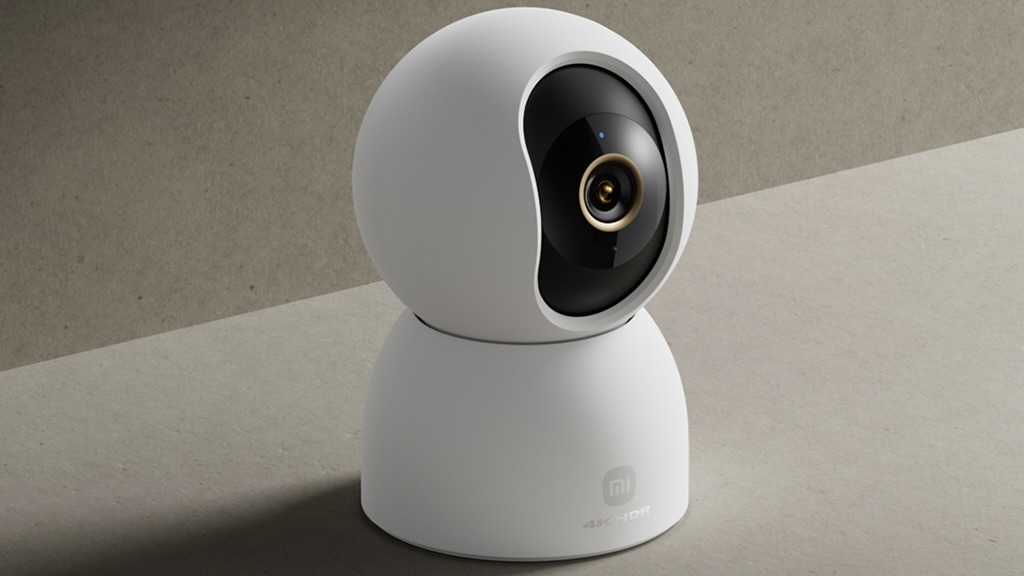 Xiaomi’s next indoor smart security camera could be its most affordable yet
Xiaomi’s next indoor smart security camera could be its most affordable yetIt's less than $40...
By Lizzie Wilmot Published